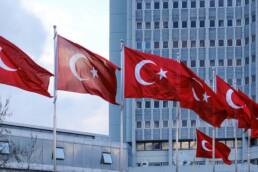Notes:
(*) Contemporary Arab Affairs Vol. 5, No. 2, April 2012, 230–251
DOI: 10.1080/17550912.2012.669094
Published By: University of California Press Journals
Copyright & Usage: © 2012 The Centre for Arab Unity Studies
This paper was originally published in Arabic as: ‘al-Insiḥāb al-Amriki min al-ʿIrāq: al-Muqaddimāt wa Ashkāl al-Baqāʾ’. al-Mustaqbal al-ʿArabi [The Arab Future], 34 (no. 392[October]).
Centre for Arab Unity Studies, Beirut, 2011.
(**) Raed al-Hamid: Corresponding Address: Email: raedalhamed@gmail.com
We appreciate your support
SUPPORT THE CENTRE FOR ARAB UNITY STUDIES
The Centre is reaching out for its friends and readers for support, whether by ordering our publications and paying for them in hard currency, or through donations. The Centre welcomes any support to boost its resiliency, to ensure its survival, the continuation of its legacy and its commitment to tackle issues facing the Arabs and the Arab world.



